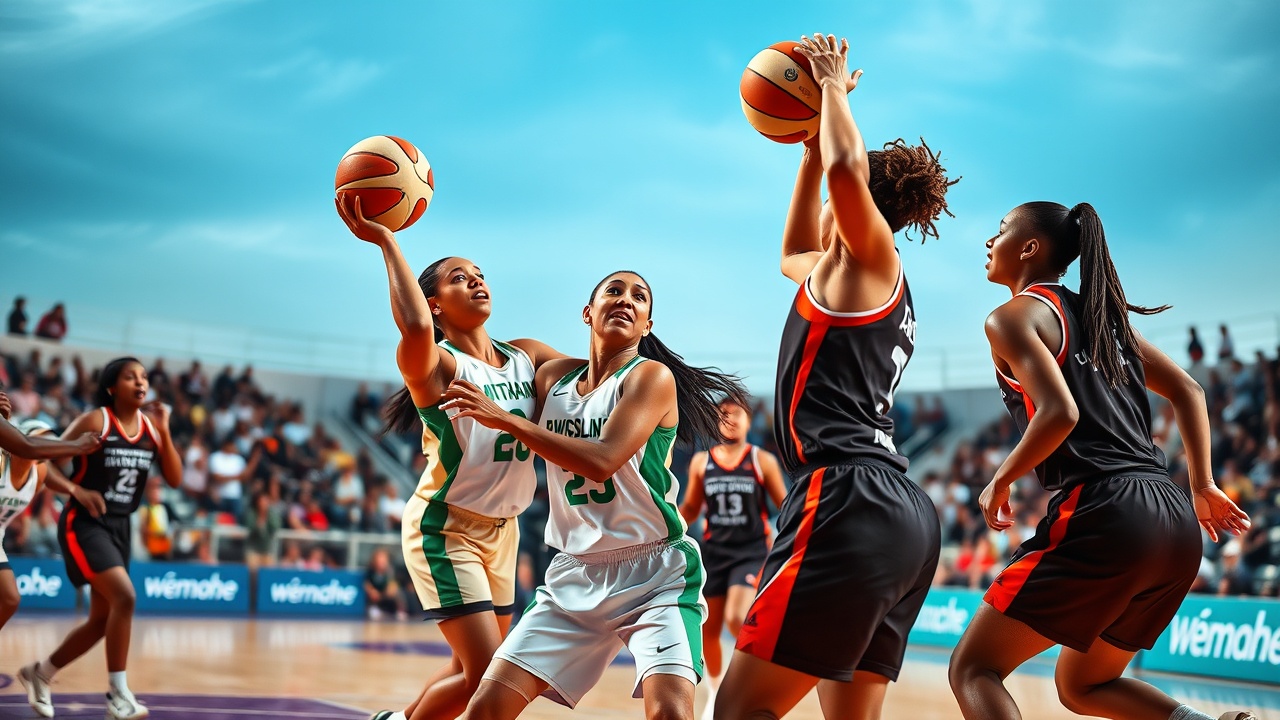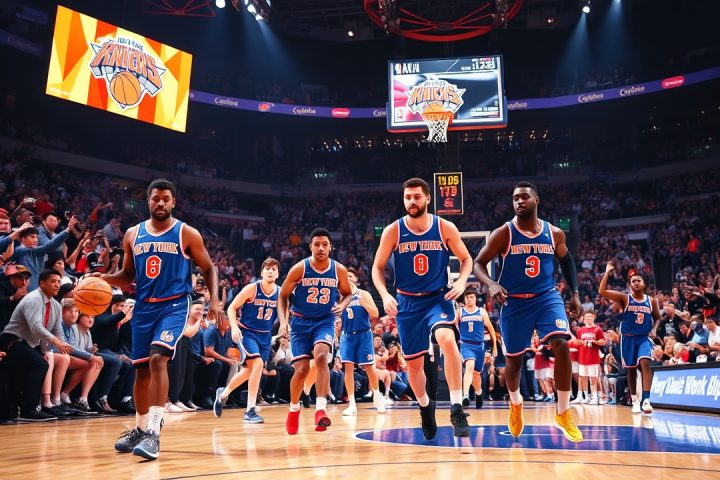Standout Performances in the 2025 WNBA Season
In the 2025 WNBA season, Gabby Williams of the Seattle Storm and Satou Sabally from the Phoenix Mercury are both experiencing standout performances. Williams is achieving personal bests across multiple metrics, including:
- Points: 14 per game
- Rebounds: 4.5
- Assists: 4.7
Additionally, she is progressively enhancing her three-point shooting efficiency by over 20% from the previous year. Sabally, on the other hand, is the top scorer for her team, averaging an impressive 19.3 points per game.
Impact of EuroBasket 2025 on WNBA Players
A significant scheduling conflict looms as both players face the potential interruption of their seasons for EuroBasket 2025, a major FIBA-sponsored continental championship taking place from June 18 to June 29. This tournament often sees athletes retain national duties, which historically has led many WNBA players from countries such as France, Germany, Belgium, and Italy to pause their professional commitments mid-season to represent their nations.
Competitions like EuroBasket can demand a grueling schedule, with athletes competing in up to six games over 12 days, coupled with limited recovery time. The trend isn’t isolated to Europe; FIBA also organizes tournaments like the AmeriCup and Asia Cup, which similarly affect player availability. Recently, for instance, Kamilla Cardoso and Damiris Dantas departed to join the Brazilian national squad for the AmeriCup.
Player Autonomy and Team Dynamics
Of the 162 players currently on WNBA rosters, including those on hardship contracts, a notable 22—representing about 13.5%—are caught in this tough decision, balancing their commitments between the WNBA and international duties. Among that group, 13 players plan to participate in these international tournaments this season, while eight others, including key figures like Sabally and Williams, have opted to remain with their teams. This shift illustrates a growing sense of autonomy among players, as expressed by Sabally, who emphasized the freedom athletes now hold in making such choices.
The impact of these decisions is felt widely throughout the league, particularly among teams like the Golden State Valkyries, who have had to adapt significantly as they lose a third of their roster due to EuroBasket commitments. Additionally, some players are choosing not to align with their national teams for various reasons, including personal health and stability. Notably, rookie Carla Leite chose to remain in the U.S. over returning to France for pre-tournament training.
Changing Dynamics in National Commitments
Traditionally, French players faced pressure from their Federation to join national training camps following their club seasons. A prime example is Connecticut Sun rookie Leïla Lacan, who is required to join her national team following EuroBasket’s conclusion.
This dynamic began to shift following incidents like Marine Johannès‘s struggle with the French Federation, where her efforts to balance commitments were met with resistance. Eventually, she was prevented from participating in EuroBasket—a move that spurred discussions around player rights and autonomy. The subsequent backlash led the Federation to alter its stance, recognizing the need for flexibility in player commitments.
While the French Federation has historically enforced strict policies, others have allowed athletes more leeway. For instance, Belgian players such as Julie Vanloo and Julie Allemand chose to leave their WNBA teams to participate in EuroBasket, contrasting the decisions of their peers like Johannès and Williams.
The Future of the WNBA and Player Rights
The stakes for players are heightened due to their desire to foster national pride while also ensuring their professional growth and stability. For Mercury head coach Nate Tibbets, supporting athletes like Sabally in their dilemma underscores the intricate balance between national duty and personal career aspirations in the WNBA.
As the WNBA undergoes a transformative period, the impending changes in the collective bargaining agreement (CBA) promise to reshape the landscape, potentially keeping more players stateside during international tournaments as they secure better contracts. Both players and teams are anticipating the evolution of the WNBA into not just the premier women’s basketball league, but a professional environment where players’ rights and well-being are prioritized, paving the way for a future in which they can thrive both domestically and internationally without conflicts generated by tournament schedules.




